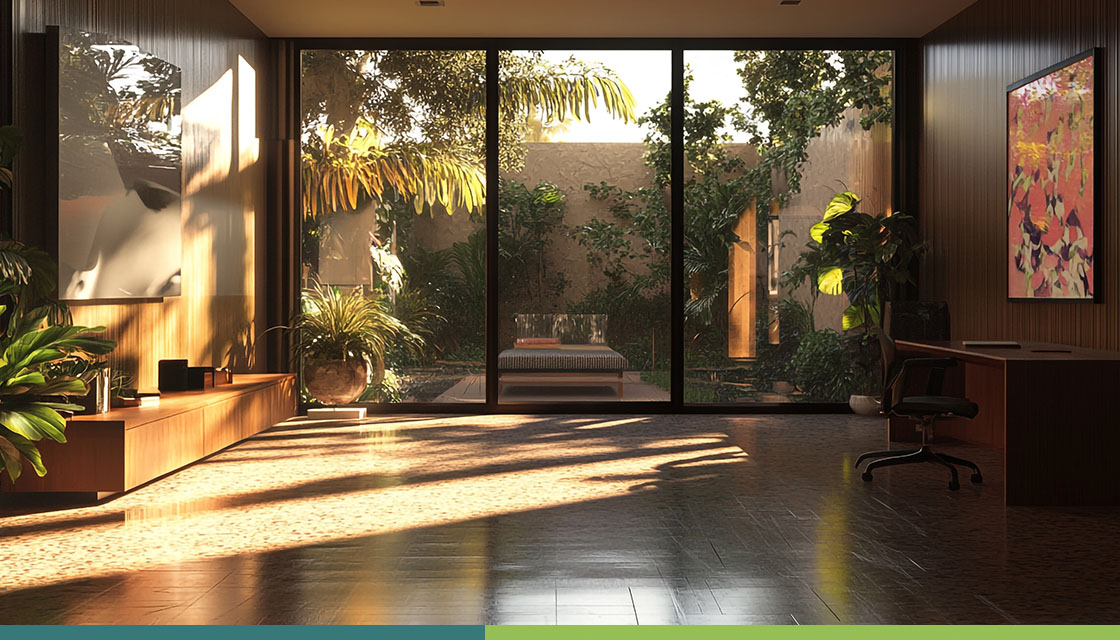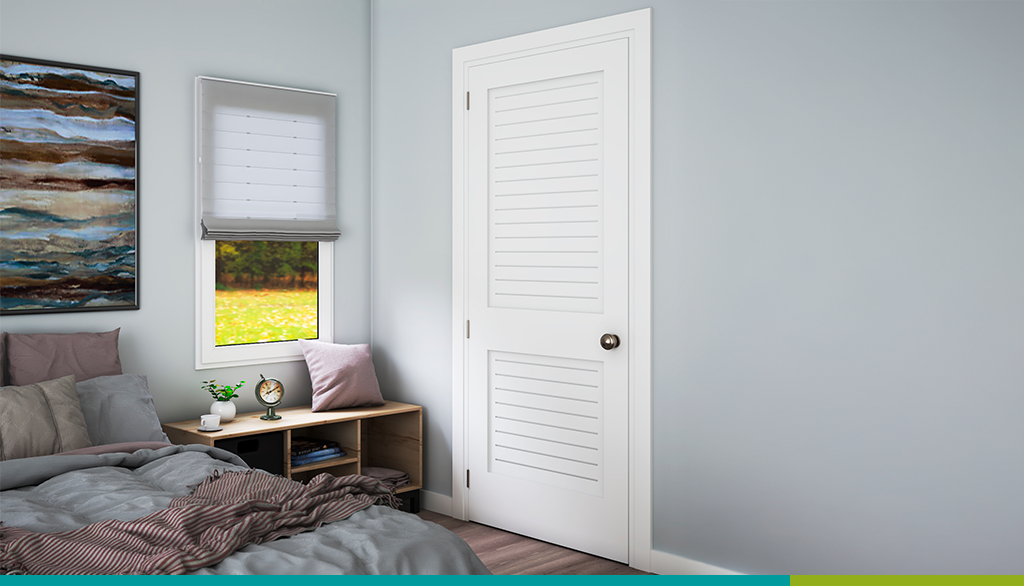Biophillia simply means love of nature. Biophillic home design aspires to blur the lines between modern homes and the natural world. The theory is to use natural resources to create a sense of harmony and peace in the home.
We spend so much of our lives indoors, and yet study after study proves that spending time in nature is beneficial to our mental and physical health. Humans are biologically hardwired to feel at home in nature and there’s a positive neural response when we simply look at pictures of the great outdoors. Exposure to nature is linked to lower blood pressure and anxiety and the ability to increase focus and recover from stress or injury. Views of nature help calm the mind and increase your cognitive capacity.
By incorporating the verdant bounty of nature into our homes, we can create beauty, a sense of well-being, improve our health and even our productivity. Let’s talk about how to incorporate vegetation and representations of nature into your biophillic home design.
Open Those Windows
This is a completely free way to bring a little nature into your home, weather willing of course. Turn off the climate control for a while and allow some fresh air into your home. You will be able to hear the sounds of the outside world as well. Even in the city, in spring there will be birds singing and the pitter patter of rain on the roof. Breathing in fresh air can stimulate your mind and mood. No one likes to feel stagnant!
Natural Light
It’s rarely practical to insert a new window into your home. There are more tenable ways to let in natural light, without sacrificing privacy. A set of gauzy, white curtains allow plenty of natural light to enter your home while still providing an obscured view to passersby.
Plants
Green is one of the most relaxing colours, it passively restores your energy and helps clear your mind. Plants help clean the air while looking aesthically pleasing. There are so many black-thumb proof plants out there. All it takes is a little research to find out what each plant needs. Take a few moments to observe the natural light levels in your room and use this guide to select the appropriate plant for your home.
Wood, Bone, Feather and Stone
Use natural materials whenever possible in your home. It’s a huge plus if the items were created locally with materials native to your area, so you can feel more connected to your bioregion.
Materials like bamboo, cork, sustainable timber, stone and rattan are all delicious, natural textures to incorporate into your living space. Don’t be afraid to mix textures, nature is full of diverse textures and shapes. Start swapping out vases, throw rugs, pillows and coasters with items made of natural material.
Shapes of Nature
There are few straight lines in nature…and yet our houses are full of 90 degree angles. We want to soften our homes to create a natural, cozy feel. Curved furniture, organic textiles, big art with plant prints and rounded mirrors or lights can all help round out your living space. For bonus points, press some plants and hang them in your house for all to see.
Sense of Place
The next time you go for a saunter in nature, or even through your neighborhood, collect treasures to bring into your home. It could be as simple as a feather you place in one of your planters. These references to nature will help you cultivate a sense of place, as well as connect you to the other living creatures that share your ecosystem.
Buy the Bouquet
Next time you’re at the market, get the bouquet you always walk by. It’s a temporary installation, like most things in nature, but it will certainly bring you joy. There are few better ways to celebrate spring than to bring flowers into your home. Dried flowers, like lavender, last all year.



